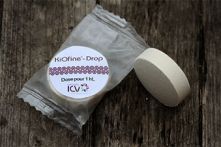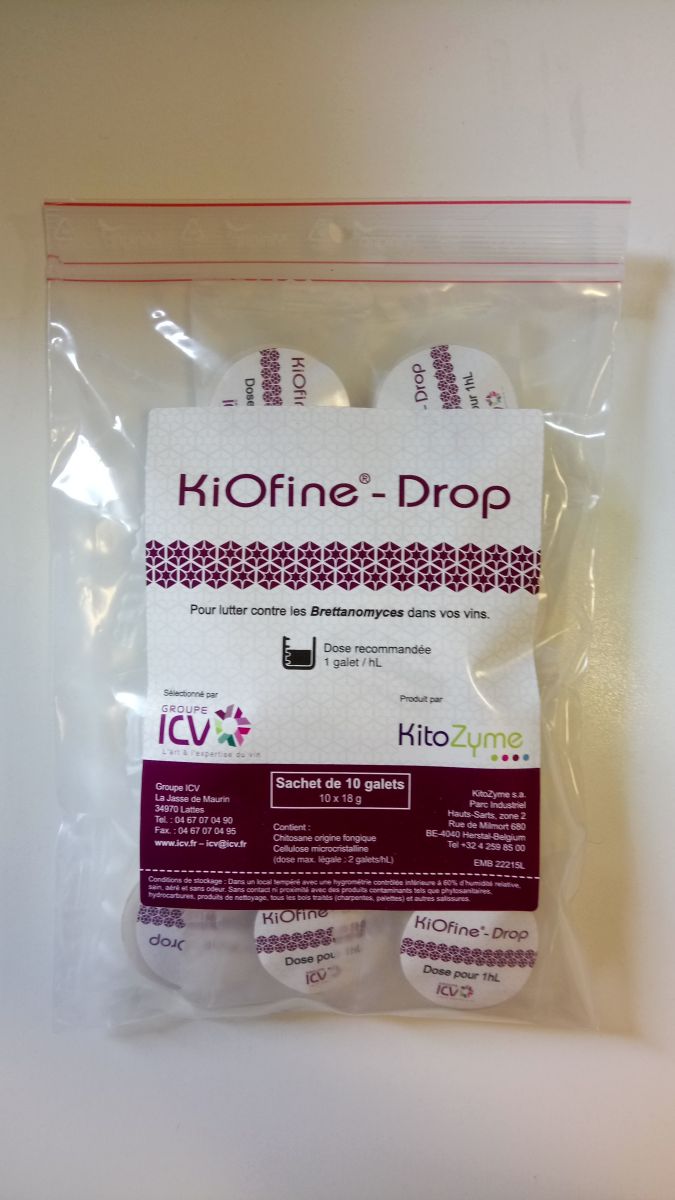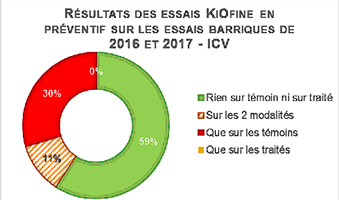
KiOfine® Drop

The context
Over a period of 2 years, the ICV Group carried out a program to validate whether KiOfine® - B could provide additional security during barrel ageing.
 Modalities: supply of KiOfine®-B (in the form of pebbles) during the filling of uncontaminated red wine on new barrels.
Modalities: supply of KiOfine®-B (in the form of pebbles) during the filling of uncontaminated red wine on new barrels.
A first teaching on good breeding practice
This program first demonstrated the importance of regular check-out of the wetting tanks (these wines used to fill-up the barrels that "consume" wine). It’s more than probably an underestimated source of contamination. The new barrels require frequent filling-up which induces a high risk of development of Brettanomyces; not only because O2 is dissolved during this operation (so the free SO2 and therefore the molecular drop), but also because the tank used for this filling-up can evolve on its own and bring contamination when it was apparently unharmed in the first control.
The KiOfine®-B Preventive Application: What Results?

Conclusion: preventive treatment on new barrels leads to a decrease in the risk frequency and populations numbers.
Tips for use:
- An easy and convenient implementation: put the rollers in the barrel before filling. The addition of wine will facilitate their crumbling and especially their dispersion in the whole volume of wine.
- The monitoring of the filling-up tank must be considered as part of the "Good Practices": one week to 10 days before the filling-up of barrels control and remove the tank if the IGA control indicates contamination.
- The maximum legal dose in EU is 2 pebbles per hL and our recommended dosage is of 2 pebbles per standard Bordeaux or Burgundian barrel.
Téléchargement
-

Fiche produit KiOfine
689.39 KB
-

ICV MAG KiOfine
4.16 MB
